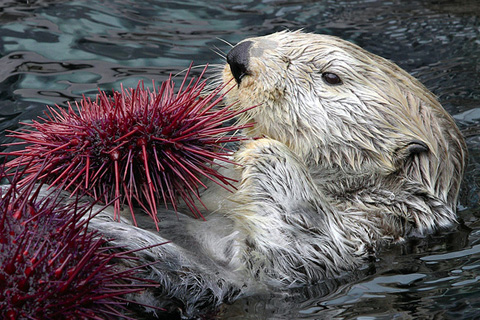
Restoring a healthy balance between sea otters and their sea urchin prey comes with a modest but meaningful bonus: halting the overgrazing of kelp forests and increasing their ability to remove excess carbon dioxide from the atmosphere.

Restoring a healthy balance between sea otters and their sea urchin prey comes with a modest but meaningful bonus: halting the overgrazing of kelp forests and increasing their ability to remove excess carbon dioxide from the atmosphere.
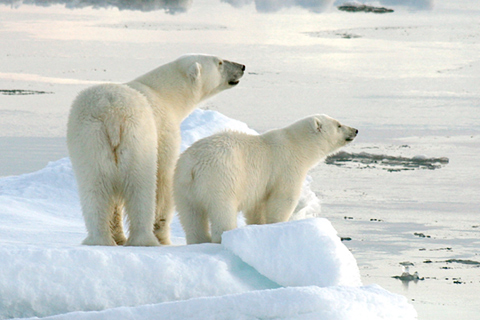
Sea ice changes are key to polar bear health and numbers. Only one of the evaluated groups is increasing. Several are stable; a few are already declining
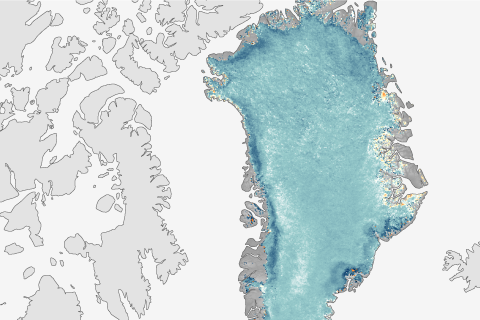
Punctuating a trend of declining reflectivity, the Greenland Ice Sheet reflected less sunlight in August 2014 than it did in any previous summer on record.
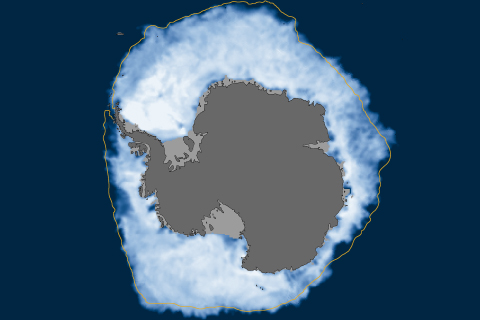
Antarctic sea ice extent set a new record high for daily extent on September 22, 2014. Climate scientists suspect the new record is linked to strong winds and melting ice shelves.
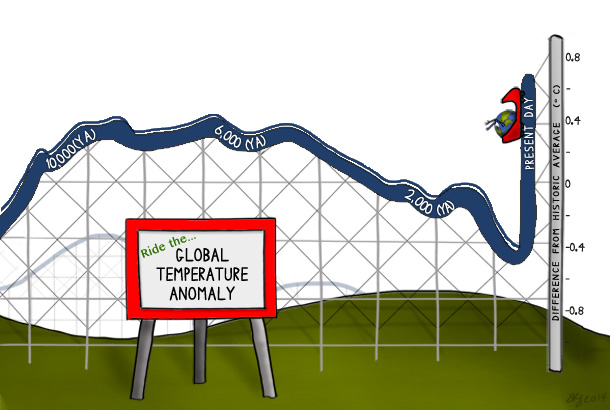
Natural variability can explain much of Earth's average temperature variation since the end of the last ice age, but over the past century, global average temperature has risen from near the coldest to the warmest levels in the past 11,300 years.
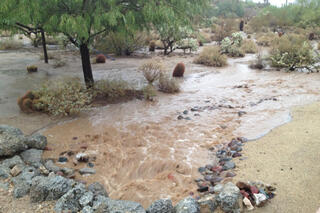
September 10, 2014
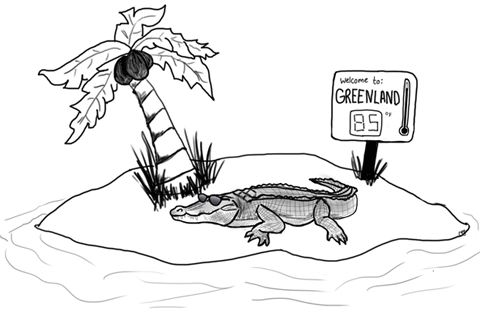
Earth’s hottest periods occurred before humans existed. Those ancient climates would have been like nothing our species has ever seen.
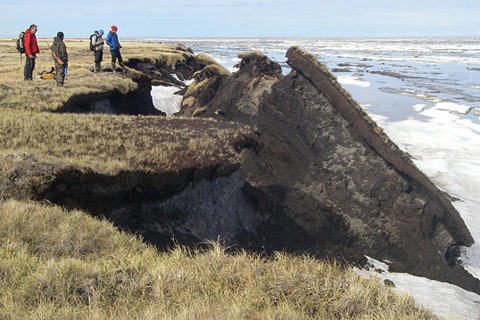
Ocean waves slowly eat away coastal cliffs the world over, but in parts of Alaska, these processes have accelerated due to changing climate. These photos document a cliff collapse near Drew Point in the late 2000s.
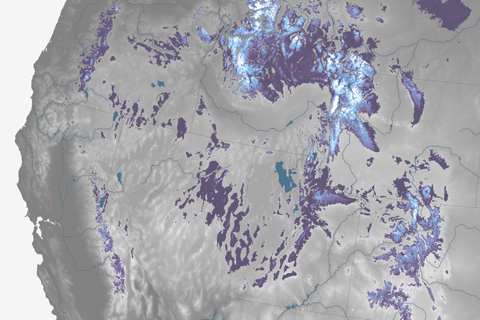
Variability in snowpack across the mountain ranges of the U.S. West at the start of the warm season can translate into big differences in fire risk and summer water stress.
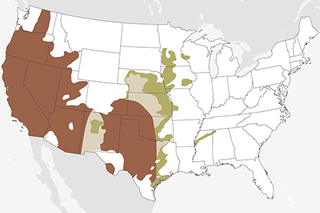
April 23, 2014